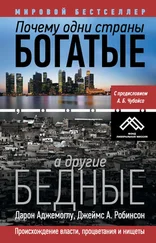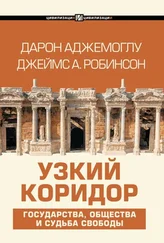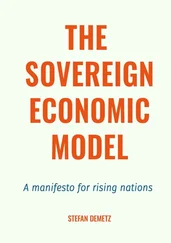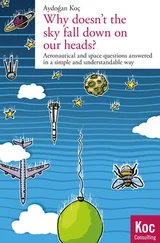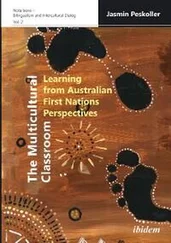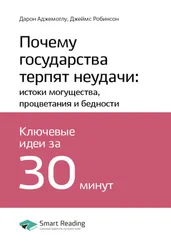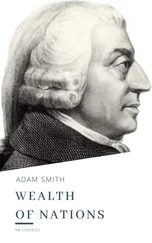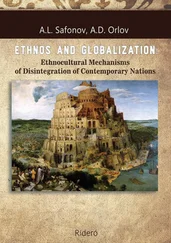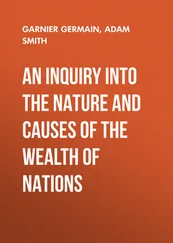Other goods on the ships and the ship itself can sometimes be dated using radiocarbon dating, a powerful technique used by archaeologists to date the age of organic remains. Plants create energy by photosynthesis, which uses the energy from the sun to convert carbon dioxide into sugars. As they do this, plants incorporate a quantity of a naturally occurring radioisotope, carbon-14. After plants die, the carbon-14 deteriorates due to radioactive decay. When archaeologists find a shipwreck, they can date the ship’s wood by comparing the remaining carbon-14 fraction in it to that expected from atmospheric carbon-14. This gives an estimate of when the tree was cut down. Only about 20 shipwrecks have been dated to as long ago as 500 BC. These were probably not Roman ships, and could well have been Carthaginian, for example. But then the number of Roman shipwrecks increases rapidly. Around the time of the birth of Christ, they reached a peak of 180.
Shipwrecks are a powerful way of tracing the economic contours of the Roman Republic, and they do show evidence of some economic growth, but they have to be kept in perspective. Probably two-thirds of the contents of the ships were the property of the Roman state, taxes and tribute being brought back from the provinces to Rome, or grain and olive oil from North Africa to be handed out free to the citizens of the city. It is these fruits of extraction that mostly constructed Monte Testaccio.
Another fascinating way to find evidence of economic growth is from the Greenland Ice Core Project. As snowflakes fall, they pick up small quantities of pollution in the atmosphere, particularly the metals lead, silver, and copper. The snow freezes and piles up on top of the snow that fell in previous years. This process has been going on for millennia, and provides an unrivaled opportunity for scientists to understand the extent of atmospheric pollution thousands of years ago. In 1990–1992 the Greenland Ice Core Project drilled down through 3,030 meters of ice covering about 250,000 years of human history. One of the major findings of this project, and others preceding it, was that there was a distinct increase in atmospheric pollutants starting around 500 BC. Atmospheric quantities of lead, silver, and copper then increased steadily, reaching a peak in the first century AD. Remarkably, this atmospheric quantity of lead is reached again only in the thirteenth century. These findings show how intense, compared with what came before and after, Roman mining was. This upsurge in mining clearly indicates economic expansion.
But Roman growth was unsustainable, occurring under institutions that were partially inclusive and partially extractive. Though Roman citizens had political and economic rights, slavery was widespread and very extractive, and the elite, the senatorial class, dominated both the economy and politics. Despite the presence of the Plebeian Assembly and plebeian tribute, for example, real power rested with the Senate, whose members came from the large landowners constituting the senatorial class. According to the Roman historian Livy, the Senate was created by Rome’s first king, Romulus, and consisted of one hundred men. Their descendants made up the senatorial class, though new blood was also added. The distribution of land was very unequal and most likely became more so by the second century BC. This was at the root of the problems that Tiberius Gracchus brought to the fore as tribune.
As its expansion throughout the Mediterranean continued, Rome experienced an influx of great riches. But this bounty was captured mostly by a few wealthy families of senatorial rank, and inequality between rich and poor increased. Senators owed their wealth not only to their control of the lucrative provinces but also to their very large estates throughout Italy. These estates were manned by gangs of slaves, often captured in the wars that Rome fought. But where the land for these estates came from was equally significant. Rome’s armies during the Republic consisted of citizen-soldiers who were small landowners, first in Rome and later in other parts of Italy. Traditionally they fought in the army when necessary and then returned to their plots. As Rome expanded and the campaigns got longer, this model ceased to work. Soldiers were away from their plots for years at a time, and many landholdings fell into disuse. The soldiers’ families sometimes found themselves under mountains of debt and on the brink of starvation. Many of the plots were therefore gradually abandoned, and absorbed by the estates of the senators. As the senatorial class got richer and richer, the large mass of landless citizens gathered in Rome, often after being decommissioned from the army. With no land to return to, they sought work in Rome. By the late second century BC, the situation had reached a dangerous boiling point, both because the gap between rich and poor had widened to unprecedented levels and because there were hordes of discontented citizens in Rome ready to rebel in response to these injustices and turn against the Roman aristocracy. But political power rested with the rich landowners of the senatorial class, who were the beneficiaries of the changes that had gone on over the last two centuries. Most had no intention of changing the system that had served them so well.
According to the Roman historian Plutarch, Tiberius Gracchus, when traveling through Etruria, a region in what is now central Italy, became aware of the hardship that families of citizen-soldiers were suffering. Whether because of this experience or because of other frictions with the powerful senators of his time, he would soon embark upon a daring plan to change land allocation in Italy. He stood for plebeian tribune in 133 BC, then used his office to propose land reform: a commission would investigate whether public lands were being illegally occupied and would redistribute land in excess of the legal limit of three hundred acres to landless Roman citizens. The three-hundred-acre limit was in fact part of an old law, though ignored and not implemented for centuries. Tiberius Gracchus’s proposal sent shockwaves through the senatorial class, who were able to block implementation of his reforms for a while. When Tiberius managed to use the power of the mob supporting him to remove another tribune who threatened to veto his land reform, his proposed commission was finally founded. The Senate, though, prevented implementation by starving the commission of funds.
Things came to a head when Tiberius Gracchus claimed for his land reform commission the funds left by the king of the Greek city Pergamum to the Roman people. He also attempted to stand for tribune a second time, partly because he was afraid of persecution by the Senate after he stepped down. This gave the senators the pretext to charge that Tiberius was trying to declare himself king. He and his supporters were attacked, and many were killed. Tiberius Gracchus himself was one of the first to fall, though his death would not solve the problem, and others would attempt to reform the distribution of land and other aspects of Roman economy and society. Many would meet a similar fate. Tiberius Gracchus’s brother Gaius, for example, was also murdered by landowners, after he took the mantle from his brother.
These tensions would surface again periodically during the next century—for example, leading to the “Social War” between 91 BC and 87 BC. The aggressive defender of the senatorial interests, Lucius Cornelius Sulla, not only viciously suppressed the demands for change but also severely curtailed the powers of the plebeian tribune. The same issues would also be a central factor in the support that Julius Caesar received from the people of Rome in his fight against the Senate.
The political institutions forming the core of the Roman Republic were overthrown by Julius Caesar in 49 BC when he moved his legion across the Rubicon, the river separating the Roman provinces of Cisalpine Gaul from Italy. Rome fell to Caesar, and another civil war broke out. Though Caesar was victorious, he was murdered by disgruntled senators, led by Brutus and Cassius, in 44 BC. The Roman Republic would never be re-created. A new civil war broke out between Caesar’s supporters, particularly Mark Anthony and Octavian, and his foes. After Anthony and Octavian won, they fought each other, until Octavian emerged triumphant in the battle of Actium in 31 BC. By the following year, and for the next forty-five years, Octavian, known after 28 BC as Augustus Caesar, ruled Rome alone. Augustus created the Roman Empire, though he preferred the title princep, a sort of “first among equals,” and called the regime the Principate. Map 11 shows the Roman Empire at its greatest extent in 117 AD. It also includes the river Rubicon, which Caesar so fatefully crossed.
Читать дальше

